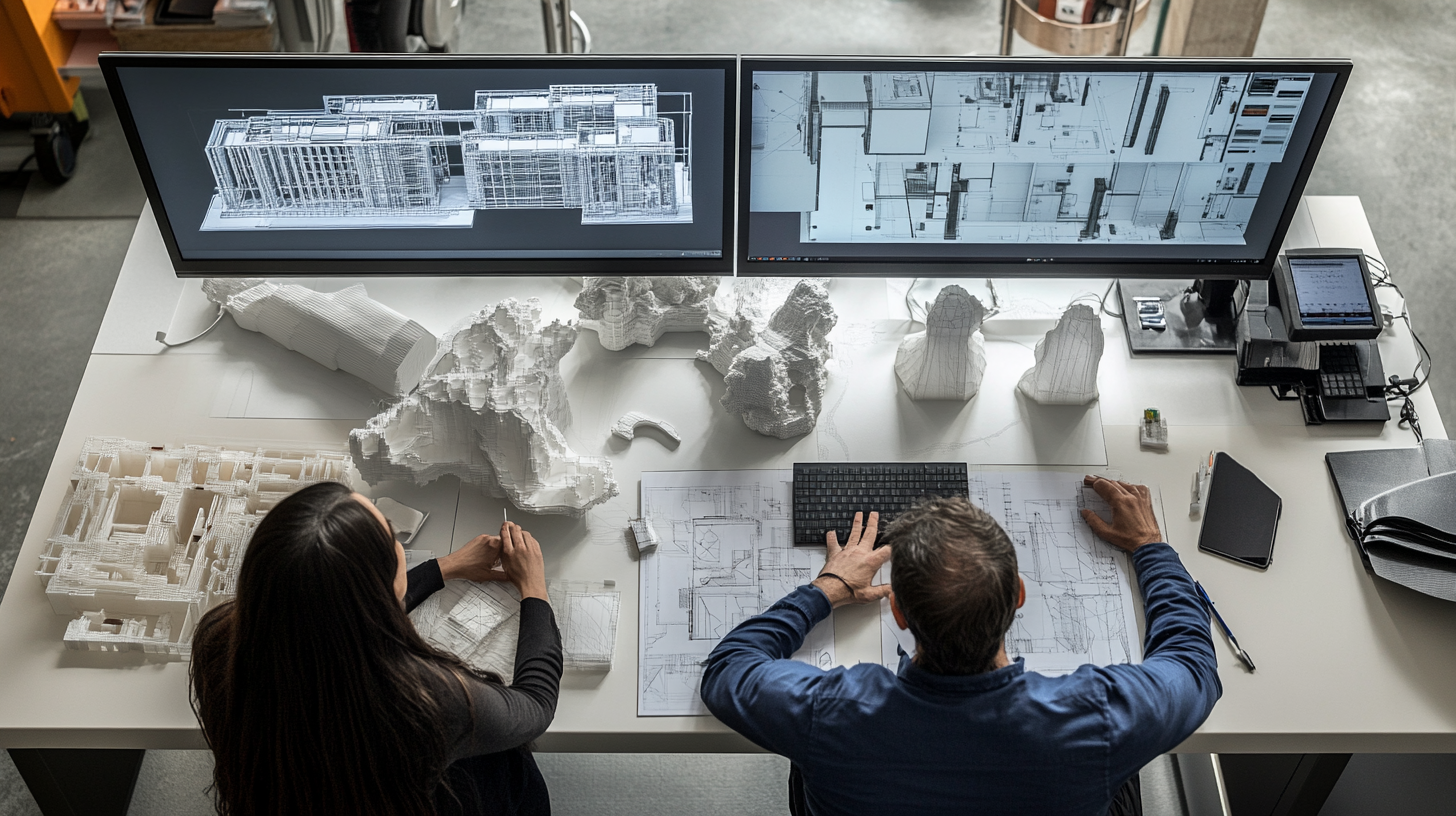
Why AI Education is the Future of Architectural Curriculums
AI’s Revolutionary Impact on Architecture
In 2019, an AI-generated design competed alongside human architects in a global competition—and won.
This wasn’t just a novelty it was a glimpse into the future of architecture.
The project used generative design tools to create an eco-efficient, visually stunning building that outperformed traditional designs in sustainability and innovation metrics.
Stories like this underscore the transformative potential of artificial intelligence (AI) in the architectural field.
Defining AI in Architecture
AI in architecture involves the use of advanced algorithms and computational tools to enhance various stages of the design and construction process.
From conceptualizing intricate designs to optimizing structural performance and energy efficiency, AI tools are redefining what’s possible in architecture.
These tools—such as generative design platforms, predictive analytics software, and AI-driven visualization tools—enable architects to push boundaries and solve complex challenges with unprecedented precision.
In today’s rapidly evolving industry, mastering AI skills is no longer optional for aspiring architects.
The integration of AI into architectural workflows empowers students and professionals to remain competitive, innovative, and adaptable.
This blog explores the top AI skills architecture students need to embrace and how these skills can shape the future of architectural education and practice.
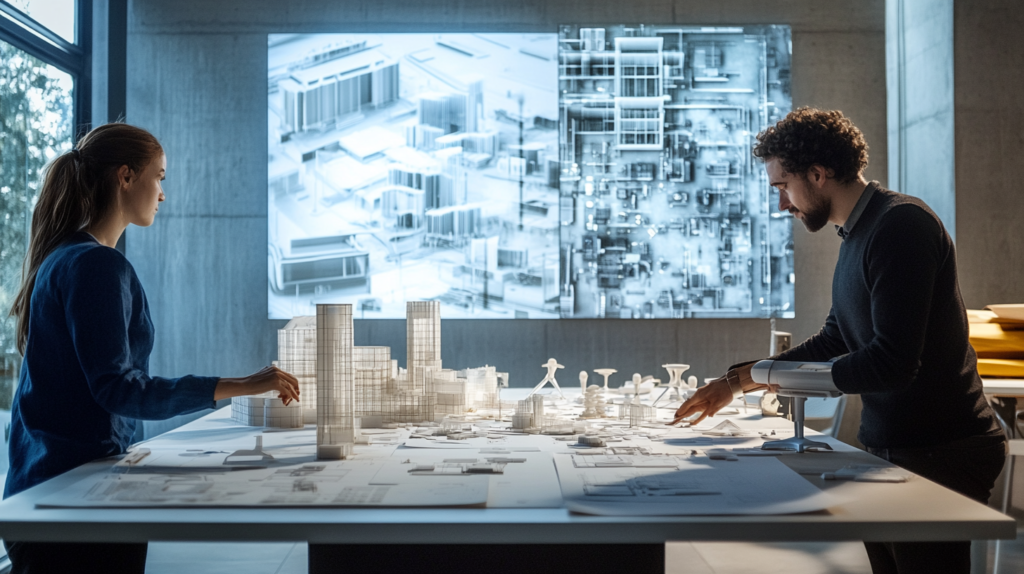
Top 5 AI Skills for Architecture Students
1. AI-Powered Design Tools Proficiency
Mastering AI-powered design tools such as Grasshopper (with AI plugins), Generative Design platforms, and AI-driven 3D modeling software is critical for modern architects.
AI-powered design tools empower architects to explore limitless possibilities in their designs.
Grasshopper, a parametric design tool, becomes even more powerful when paired with AI plugins, enabling architects to automate complex tasks and create innovative forms.
Generative design platforms leverage algorithms to analyze input parameters—such as site constraints, environmental factors, and user preferences—to generate multiple optimized design options.
These tools also facilitate integration with Building Information Modeling (BIM) software, enabling seamless workflows from concept to construction.
With AI’s ability to rapidly iterate through design variations, architects can test different ideas and optimize their projects for performance and aesthetics.

Example
Imagine designing a skyscraper in an urban setting with stringent zoning laws and environmental requirements.
By inputting these parameters into a generative design tool, you can quickly produce a range of viable solutions, each optimized for factors like wind resistance, energy efficiency, and daylighting.
2. Data Analysis and Interpretation
Understanding how to collect, analyze, and interpret data is essential for creating informed and efficient designs.
Data-driven design is becoming the norm in architecture.
AI tools can analyze massive datasets, including environmental data, material properties, and user feedback, to provide actionable insights.
By leveraging predictive analytics, architects can forecast building performance and optimize designs to meet specific goals.
Data analysis is particularly useful in sustainable design.
Architects can evaluate energy consumption patterns, analyze carbon footprints, and predict the impact of different materials on the environment.
This ensures that projects meet sustainability targets without compromising functionality or aesthetics.
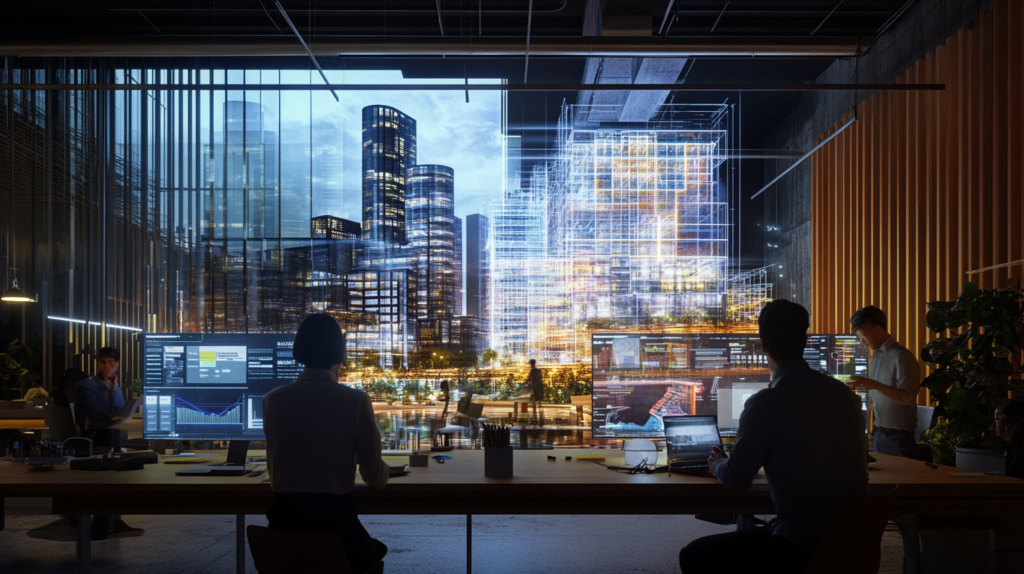
Example
Consider using AI to analyze sensor data from a smart building.
The data might reveal patterns such as high energy usage during peak hours or underutilized spaces.
These insights can guide decisions on retrofitting HVAC systems or redesigning layouts to improve efficiency and reduce costs.
3. Computational Thinking
Developing computational thinking equips architects with the ability to approach problems algorithmically, breaking down complex challenges into manageable steps.
Computational thinking enables architects to create systems that adapt dynamically to changing inputs.
This mindset is foundational for parametric and generative design, where algorithms drive the creation of adaptive and optimized solutions.
Architects with computational thinking skills can design workflows that respond to real-time data and constraints, resulting in more efficient and innovative outcomes.
For example, computational thinking allows architects to design parametric systems that automatically adjust building elements based on environmental conditions.
This approach is particularly valuable in projects requiring high adaptability, such as modular housing or kinetic facades.
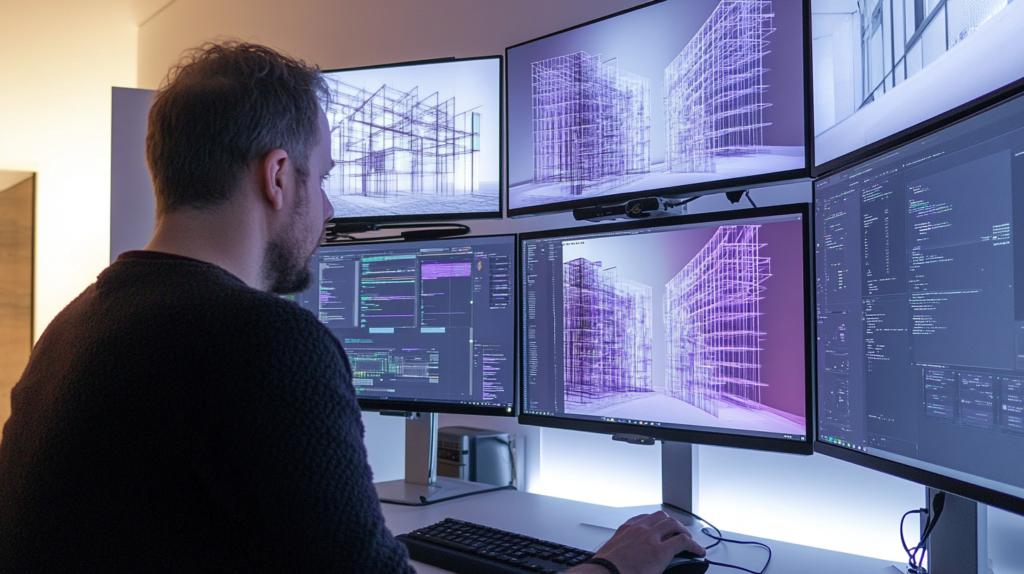
Example
Imagine designing a responsive facade that adjusts its shading elements based on sunlight intensity.
Using parametric design principles, you can create an algorithm that calculates the optimal position of each shading element in real time, reducing energy consumption and enhancing occupant comfort.
4. Ethical Considerations and AI
Understanding the ethical implications of AI usage in architecture ensures responsible and equitable design practices.
AI in architecture introduces ethical challenges that architects must navigate carefully.
For instance, biases in AI training data can lead to inequitable designs, while excessive reliance on automation may overlook cultural and contextual nuances.
Ethical considerations also extend to data privacy, environmental impact, and inclusivity.
Architects must ensure that AI tools are used responsibly, promoting designs that are sustainable, equitable, and culturally sensitive.
This involves critically evaluating AI-generated outputs and ensuring that they align with ethical principles and societal values.

Example
In urban planning, AI might suggest designs that prioritize efficiency over community well-being.
Architects must intervene to ensure that marginalized communities are not excluded and that public spaces foster inclusivity and social interaction.
5. AI Communication and Collaboration
Developing strong communication skills is vital for explaining and collaborating on AI-driven projects.
AI-driven workflows often introduce concepts and technologies that stakeholders may find unfamiliar.
Architects need to bridge this knowledge gap by clearly articulating the benefits, limitations, and implications of AI in their projects.
This ensures that clients, contractors, and collaborators are aligned and confident in the process.
Collaboration also involves working with interdisciplinary teams, including AI specialists and data scientists.
Effective communication enables architects to convey design intentions while incorporating technical input from other professionals.
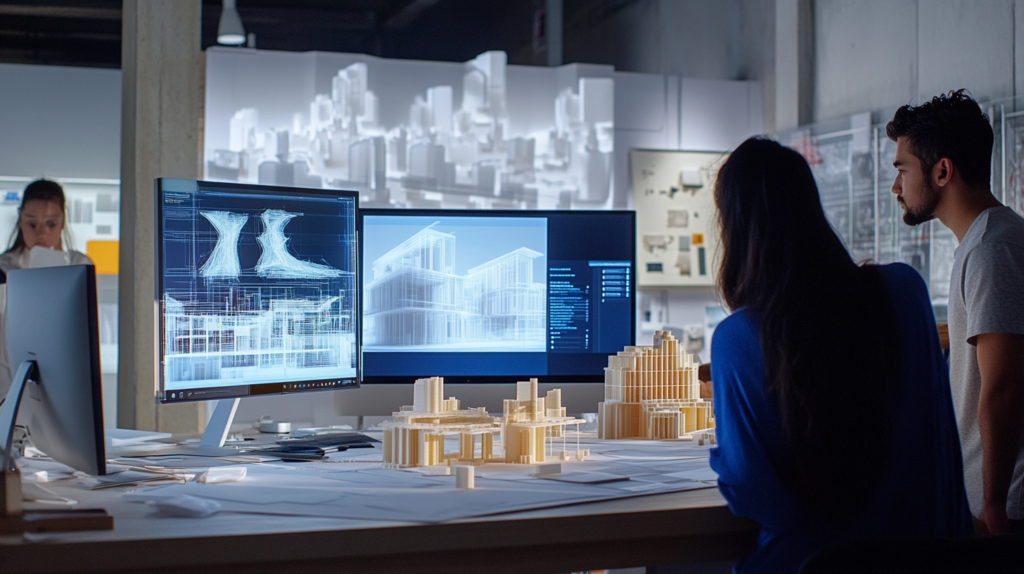
Example
When presenting AI-generated designs to a client, it’s important to explain how the designs address their goals, such as cost efficiency or sustainability.
Using visual aids and clear narratives can help demystify AI outputs and foster trust in the process.
Conclusion
The architectural profession is at a crossroads.
As AI tools continue to evolve, architects who embrace these technologies will lead the charge toward innovation.
By mastering AI skills, aspiring architects position themselves to shape the future of design and construction.
AI has the potential to revolutionize how we conceive, create, and interact with the built environment.
From sustainable cities to personalized interiors, the possibilities are limitless.
Architecture students must recognize AI as a partner in the creative process.
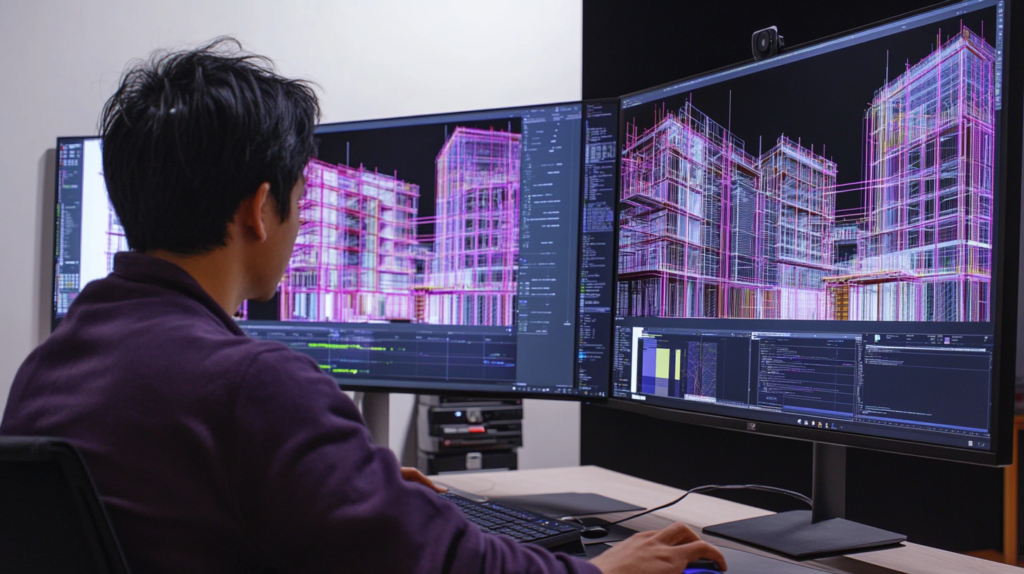
By staying curious, exploring new tools, and continuously learning, they can unlock unprecedented opportunities for growth and innovation.
To all architecture students and educators: Dive into the world of AI.
Explore tools like Grasshopper, MidJourney, and Rhino.
Participate in AI-driven projects. Seek out workshops, courses, and seminars to enhance your AI skills.
Together, let’s design a future where technology and creativity coexist harmoniously.

Leave a Reply